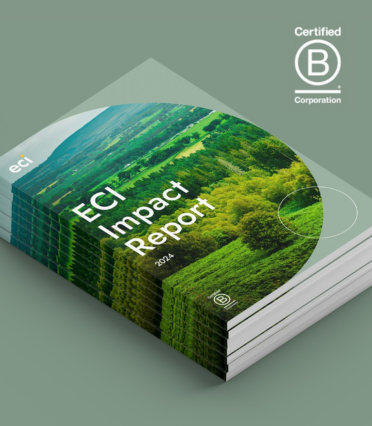Michael Butler recently joined CRN at its CRN Channel Leadership Forum, bringing together CEOs from VARS and MSPs to discuss the technology and trends to watch out for and how investors are viewing the channel.
Areas of growth in the channel
The attributes of an attractive channel business certainly aren’t static. The sector is constantly evolving and therefore high-growth areas are only ever the crest of the wave – as soon as you ride one, the next wave comes through.
So, for channel investors, the focus is more on how well a business can successfully evaluate where the market is heading, for example in how they listen to what customers want, and how well they can develop to be able to serve those needs.
Now, that probably means having exposure in cloud migration and cyber, to have the ability to help clients with their digital transformation journey. The modern workplace is still in a state of flux and technology is key to solving those challenges.
Looking forwards, the growth in AI capability means that companies will likely need more support around data analytics, AI, and machine learning. This is creating a fantastic growth opportunity for providers who can help clients turn their vast quantities of data into something of value.
However, whilst growth is important, at ECI we think about both growth and resilience. This focus on resilience has meant that our investment strategy is consistent wherever we are in the economic cycle, something especially important for investors in the current climate.
What does resilience look like in the channel?
Resilience is multi-faceted, but the channel has good examples of resilient business models. We’ve already seen market demand stay strong through several cycles, and both vendors and customers need channel partners so it’s a fairly sticky supplier and customer base. For vendors, they need channel partners to access particular parts of the market, and for customers, they need partners to understand what technologies are best to use and how to use them most effectively. Businesses that are adept at staying ahead of new technologies and customer needs will be more future-proofed than their competitors.
While that gives some resilience to the macro climate, we’d also look at their ability to protect margins in an inflationary market. For example, currently, the biggest challenge is wage inflation, so businesses that can pass this onto customers, or drive efficiencies such as automation to maintain margins, are particularly attractive.
Investors understand that channel partners aren’t going to have 100% recurring revenue as most have a symbiotic mix of managed services and consulting services. However, generally speaking, the more recurring revenue, the more resilient, so channel partners who can demonstrate their ability to attach managed services to the back of projects will be more attractive.
The last but certainly not least significant piece of the resilience puzzle in channel is around people and culture. The war for talent is very hot in 2022, especially around sales and tech, two key hiring areas for channel partners. Those that have good employee engagement and are investing in their team and culture will have lower churn and that will allow them to continue to compete in the market. People churn will likely lead to customer churn as clients experience a lack of consistency and quality of experience.
M&A as a growth driver
Due to fragmentation in the market, M&A is a key growth driver in the space and is set to remain so into the future. For example, ECI invested in Content+Cloud in 2016 and since that time supported the management team to make six acquisitions, which was key to the strategy in terms of adding people, capabilities, and growth potential and helped the business to deliver a 4.1x return at exit.
However, at Content+Cloud, M&A was an enabler of strategy, and not the strategy in and of itself, and this I think is key to the success of M&A as a growth driver. Content+Cloud was looking to transition from a generalist MSP to one of the UK’s foremost Microsoft Partners with a depth and breadth of skillsets across Microsoft’s three cloud environment. To do that they needed to add specific service capabilities, particularly around cyber, Modern Workplace, Azure, and Teams, which was where the acquisition strategy was focused. Simply outlining M&A as a growth driver and acquiring businesses is likely to result in a lack of clarity and coherence. If instead, you start from, ‘where do I want this business to operate and which customers do I want to address,’ then the M&A proposition is a much clearer growth driver.
The second caveat to M&A as a growth driver is around how acquisitions are integrated. Good acquisitions shouldn’t just have the capabilities you need to deliver your strategy, but should also be aligned around cultural values, and everyone should be aligned around the post-deal people and tech integration. A clear integration strategy of culturally aligned businesses means M&A is helping to truly build a scalable platform and can deliver long-term sustainable growth in channel. There’s more to buy and build than just buying!
If you would like to have a chat about your channel business or find out more about the businesses we’ve helped in the past, please get in touch.


